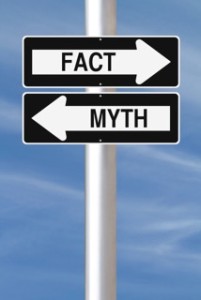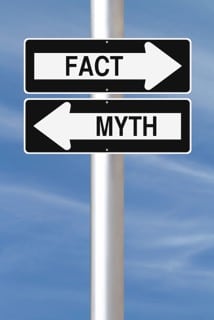 The latest change is here for marketing loans on a mobile platform, and it’s a good one. Let’s take this change and view it through the lens of the consumer.
The latest change is here for marketing loans on a mobile platform, and it’s a good one. Let’s take this change and view it through the lens of the consumer.
You’re in a big box store, and a big screen catches your eye. It catches everyone’s eye. This TV has a you-could-sell-popcorn-and-tickets-big, big screen. But it also comes with a big price tag. You want that TV, but you also want to be able to pay for your kid’s college education.
Then ping! Out of nowhere, you get a message from your credit union. They noticed that you’re in the previously referenced big box retailer, and would like you to know that you’re pre-approved for a loan.
This point is when things get interesting for marketing loans on mobile platforms.
You pop open a few windows. You swipe here; you tweak there. You use the touchscreen to sign the application and, bingo! You’re the proud owner of the biggest screen on the block. And you financed it quickly and easily on your phone in the aisle of the store.
It’s like you’re George Jetson without the flying car.
This product is the next development in mobile banking, and it’s a great opportunity to generate loan business. It’s another example of how mobile phones are changing our lives. If you want to be a part of your customers’ lives, you need to get on board and leverage these changes.
Sometimes the best way of learning what to do is knowing what not to do. So, here are the top Mobile Mistakes currently happening in our industry.
Mobile Myth #1: Smartphones and tablets are the same.
They’re not. Since analysis for these two platforms are often lumped into one category, it’s a common mistake to develop a single content strategy for both. Big mistake. Consumers use these devices differently. Smartphones are used more for functional, need-based tasks and tablets are used more for relaxing as well as gaming. Plan your content accordingly.
Mobile Myth #2: Responsive design is a good mobile strategy.
Responsive design is great. It’s also a tactic instead of a strategy. Use responsive design to better deliver better content. Develop a strategy based off how your customers use their devices. Then, create content that fits that strategy.
Mobile Myth #3: Your mobile content strategy does well on its own.
Not so fast. You should have an all-encompassing content strategy that involves mobile. This philosophy goes back to offering a full Omni-channel experience for your customer. And if you’re struggling with the Omni-channel term, it means that when it comes to your content, your right hand should know what your left hand is doing — metaphorically speaking.
Mobile Myth #4: Desktop and mobile content standards are different.
Not really. The fact is, great content is great content. So no matter if you’re writing for desktop or smartphone users write with them in mind. Be concise. Have compelling headlines. Reward them for spending time with you. These are but practices for mobile, desktop and traditional marketing as well. So in this case, things haven’t changed. Whew.
Mobile Myth #5: The only good mobile content is short content.
Surprisingly there are situations where mobile users will consume long content. As content developers, we may have overreacted to this rule. Recent studies have shown that users get frustrated when websites don’t have enough content. This may be a result of users whipping out their phones more as a distraction while on the run.
There you have it; opportunities to leverage and mistakes to avoid. We’ll close with one last piece of advice, adopt these quickly and get ready to see these as “the old way” of doing mobile within months, maybe weeks. After all, when it comes to this medium, the only constant is change.
Sources:

